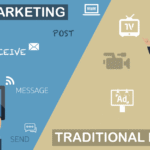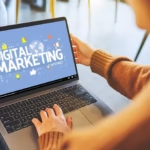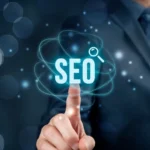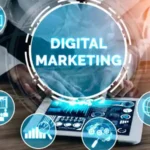What Is Inbound Marketing? Digital Marketing Guide
Inbound marketing is a customer-focused approach that attracts potential buyers through valuable content, personalized experiences, and trust-building strategies. Unlike traditional outbound marketing that pushes messages to a wide audience, inbound marketing draws customers in by addressing their needs and interests.
In the digital age, inbound marketing has become one of the most effective methods for building strong customer relationships and achieving sustainable business growth.
Understanding Inbound Marketing
Inbound marketing is a strategic process where businesses create and share content that attracts their ideal audience. Instead of interrupting potential customers with unsolicited messages, inbound marketing offers solutions to their problems, guiding them naturally toward a purchase decision.
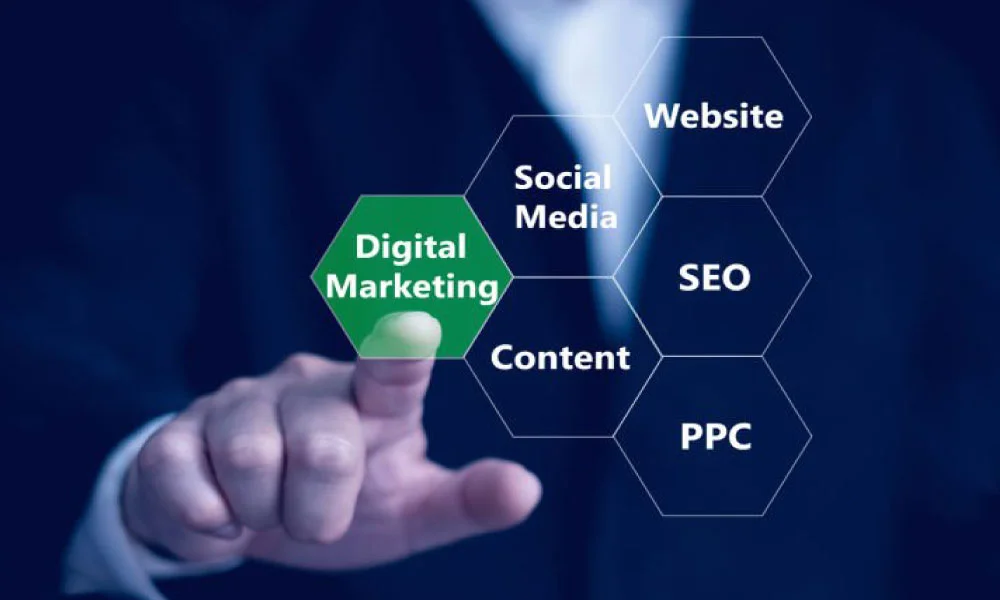
Key Characteristics:
- Focus on attracting customers organically
- Emphasis on trust, value, and relevance
- Integration with multiple digital marketing channels
Core Principles of Inbound Marketing
Inbound marketing in the digital marketing context works through these essential principles:
- Attract the Right Audience
Create high-quality, relevant content that answers customer questions and addresses their needs. - Engage with Value
Offer solutions, resources, or insights that keep potential customers interested and connected. - Delight the Customer
Ensure a positive post-purchase experience to encourage loyalty and advocacy.
Difference Between Inbound and Outbound Marketing
| Aspect | Inbound Marketing | Outbound Marketing |
| Approach | Attracts customers through value and trust | Pushes messages to a wide audience |
| Audience | Targeted and interested prospects | Broad and less targeted |
| Communication Style | Two-way, interactive | One-way, interruptive |
| Cost Efficiency | More cost-effective over time | Often expensive for short-term results |
| Content Focus | Educational, helpful, and engaging | Promotional and sales-driven |
Stages of the Inbound Marketing Process
1. Attract
The first step is to draw the right audience to your digital platforms. This is done through:
- Search Engine Optimization (SEO)
- Blog posts and articles
- Social media engagement
- Valuable videos and infographics
2. Convert
Once visitors land on your website, convert them into leads by offering something valuable in exchange for their contact details.
- Free eBooks or guides
- Webinars
- Special offers
- Newsletter sign-ups
3. Close
Turn leads into customers by nurturing them with personalized communication and relevant offers.
- Email marketing sequences
- Retargeting ads
- Case studies and testimonials
4. Delight
Deliver a great customer experience after the sale to foster loyalty.
- Post-purchase support
- Exclusive customer resources
- Personalized follow-up
Effective Inbound Marketing Strategies in Digital Marketing
- Search Engine Optimization (SEO)
Optimize your website and content to rank higher for keywords your target audience is searching for. - Content Marketing
Publish blogs, guides, and videos that solve your audience’s problems and position your brand as an authority. - Social Media Marketing
Share valuable, engaging, and relevant content to interact directly with potential customers. - Email Marketing
Nurture leads with personalized content and offers tailored to their interests. - Marketing Automation
Use automation tools to deliver timely, relevant messages at each stage of the customer journey.
Benefits of Inbound Marketing
- Increased Brand Authority – By consistently providing helpful content, your business becomes a trusted source.
- Higher Quality Leads – Attracts people already interested in your products or services.
- Long-Term Growth – Builds relationships that lead to repeat business and referrals.
- Cost Efficiency – Delivers long-term results without the high ongoing costs of paid ads.
Metrics to Measure Inbound Marketing Success
Tracking performance helps refine your inbound marketing strategies.
Key Metrics Include:
- Website traffic growth
- Conversion rates (visitors to leads, leads to customers)
- Engagement on social media
- Email open and click-through rates
- Customer retention rate
Best Practices for Inbound Marketing
- Focus on your audience’s needs before promoting your product.
- Maintain consistent content publishing schedules.
- Personalize communication whenever possible.
- Keep the customer journey smooth from attraction to post-purchase.
- Monitor results regularly and adjust strategies accordingly.
Common Mistakes to Avoid
- Creating content without understanding your audience’s needs.
- Ignoring mobile optimization for your website.
- Overloading visitors with too many calls-to-action.
- Neglecting the post-purchase customer experience.
FAQs
1. Is inbound marketing suitable for all businesses?
Yes, inbound marketing works for businesses of all sizes and industries, as long as they create content tailored to their audience’s needs.
2. How long does inbound marketing take to show results?
It varies, but most businesses see measurable improvements within 3–6 months with consistent effort.
3. Can inbound marketing replace paid advertising?
Inbound marketing can reduce dependence on paid ads over time, but a balanced strategy often combines both for maximum results.



